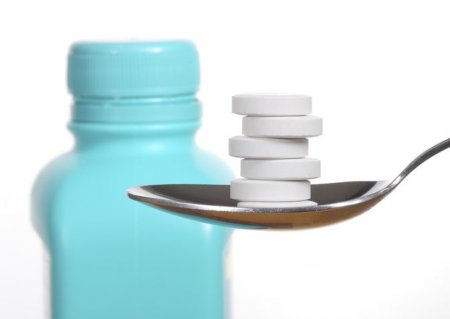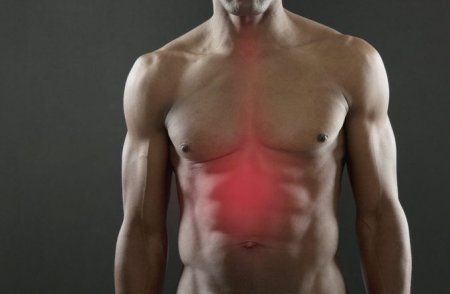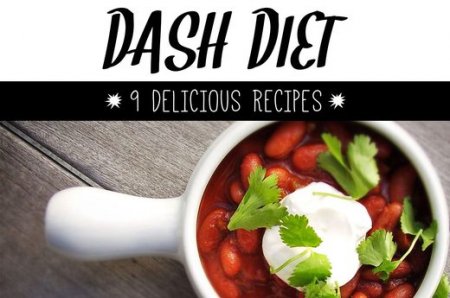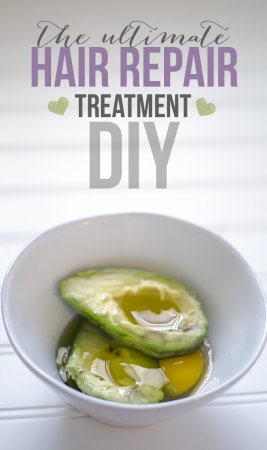Natural treatments for menopause and perimenopause work in a completely different way than prescription drugs. The natural approach works with your body, which means that it can actually prevent or reduce the severity of nearly all of your symptoms rather than just relieving them temporarily!
Pharmacy-peoples.com » Page 19
Natural treatments for menopause and perimenopause work in a completely different way than prescription drugs. The natural approach works with your body, which means that it can actually prevent or reduce the severity of nearly all of your symptoms rather than just relieving them temporarily!
We all know mental health is a critical piece to leading a full, productive life. Yet maintaining good mental health isn’t always as easy as it might seem. More than 18 million adults in Canada and the United States suffer from depression and/or anxiety.
Muscle pain is never fun and there are a variety of causes including sports injury, accidents, exercise, and general wear and tear. Sometimes fatigue and overwork or certain types of jobs involving repetitive movement can also cause muscle pain.
Resulting pain levels can vary greatly and in some instances can be quite severe. At the other end of the spectrum, it may be a niggling pain that doesn’t go away, but is just enough to impede movement and daily activity.
Regardless of the cause, muscle pain can be hard to manage (because we often still need to keep moving), inconvenient and just plain annoying.
While it is tempting to go to the pharmacy or doctor and take painkillers, these just treat the pain, not the cause. This is far from ideal because although the pain goes away, the underlying cause remains untreated.
This can actually be dangerous, because while the pain is masked, you may be tricked into thinking all is well and actually do more damage. And there is also a good chance the pain will simply keep returning.
As an alternative to painkillers, there are a number of natural ways to treat sore muscles and reduce the pain. Here is a list of 10 methods for you to try.
- Traditional methods of treatment / Health
- 27-01-2017, 21:31
- 1 494
- 0
- Pharmatic
Nutrition and lifestyle-based treatments for acid reflux disease not only relate to how much one eats, but also when one eats. In addition, cigarette smoking and position of the body while sleeping make a difference. Losing weight, quitting smoking, avoiding late-night eating and elevating the head of the bed are all lifestyle-based treatments that can be useful for treating acid reflux disease. Lifestyle modifications are primarily focused on either reducing pressure on or strengthening the muscle of the lower esophageal sphincter (LES), which is the circular muscle that separates the acid-laden stomach from the esophagus.
Thankfully, there are several options available for managing acid reflux disease. The options can be viewed as a progressively more complex management approach that begins solely with diet and lifestyle adjustments, then adds medications and, under certain specific circumstances, utilizes surgery. Complementary and alternative medicine approaches may also be helpful in some cases. There are many choices because management decisions for acid reflux disease are typically based not only on a person’s general health, but also ultimately on their particular desires.
If you have heartburn or regurgitation at least twice a week for multiple weeks, then your symptoms fit the typical definition of acid reflux disease. This condition is one of the most common diseases on the planet among adults, with a prevalence in the United States and Europe of 10 to 20 percent of the population, according to a study published in the June 2014 issue of Gut. Acid reflux is a miserable disease, not only profoundly affecting quality of life, but also causing a huge economic burden. The cost of the diagnosis and treatment is colossal — to the tune of about $40 billion annually.
There are two basic types of acid reflux disease: gastroesophageal reflux disease (GERD) and laryngopharyngeal reflux disease (LPRD). As the name suggests, the main source of the problem with acid reflux disease is stomach acid. The primary difference between the two types is the location in which the acid travels, either up to the esophagus (GERD) or further up to the throat (LPRD).
It’s been ranked the No. 1 Best Diet Overall for six years in a row by “U.S. News & World Report.” No, it’s not some gimmicky, quick-results-promised fad diet. This diet -- the DASH diet (“DASH” is the acronym for Dietary Approaches to Stop Hypertension) -- was developed for research sponsored by the U.S. National Institutes of Health (NIH) and was originally designed to help lower blood pressure by way of diet. Interestingly, the plan showed improvements in other areas of health, such as reduced risk of cancer, heart disease and diabetes.
And, yes, weight loss! So how does one get started on the DASH diet? The plan is based on eating real foods and plenty of fruits and vegetables. It encourages low-fat or non-fat dairy, plus whole grains and some nuts, beans and seeds. While emphasizing lower sodium intake, the DASH diet plan is rich in calcium, potassium, magnesium and fiber. Lean meats, fish and poultry are included, but the plan can be followed by vegetarians too. Overall, the DASH diet plan is a healthful, flexible eating approach. It can be delicious. Give it a try by enjoying these tasty DASH diet-friendly recipes!
- Diet and Food
- 27-01-2017, 20:11
- 1 495
- 0
- Pharmatic
Hair can take a beating from environmental factors like sun exposure, pollutants and toxins. It can also become dry and brittle from the chemicals in hair-care products, particularly hair-coloring agents. Hair is also vulnerable to damage from the regular use of curling irons, hair dryers and heated rollers. A wide assortment of shampoos and conditioners promise to thicken your hair and improve its overall health. There are also a number of essential oils and other ingredients you may try at home to help enhance the fullness of your locks.
Is your hair dry and dull? Do you have split ends and frizz? Hair is damaged easily, but it takes time to repair it. The good news is you can use the following techniques to restore its health to make your hair look better. Rescue damaged hair and practice habits that will keep your hair healthy.Sun exposure, chlorine, harsh chemicals in coloring, straightening and perming and heat stress from curling irons and blow dryers all conspire to make your hair porous, brittle, dry and dull. Although many stylists recommend snipping off damaged ends, you can take some steps to repair your damaged hair while keeping the length intact.









